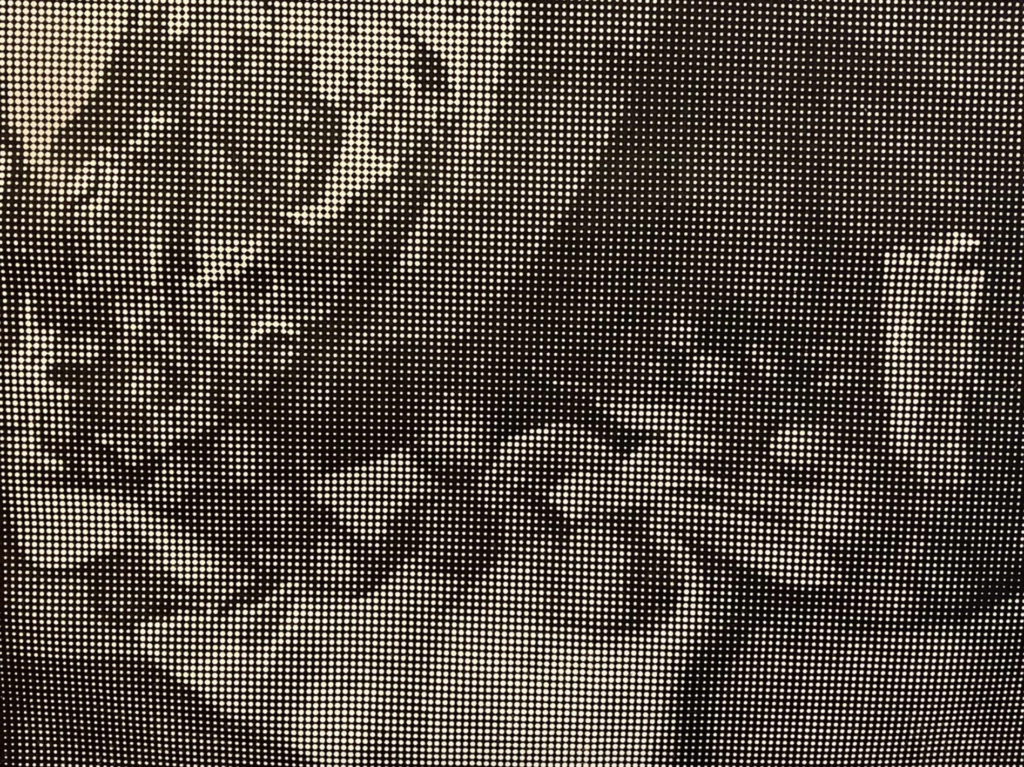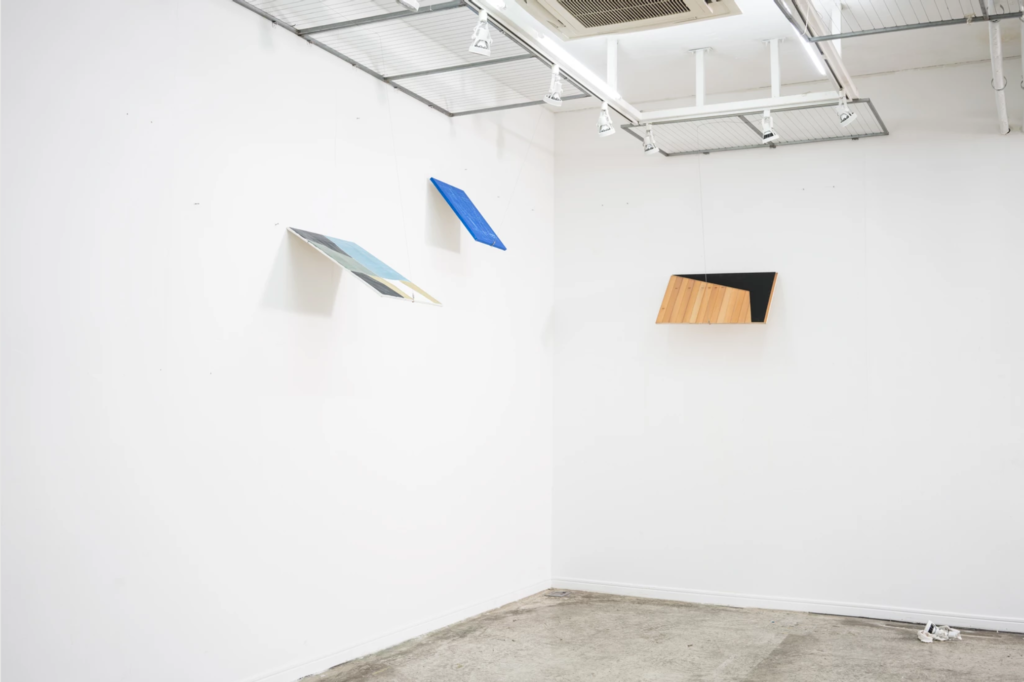The Fleeting Air between the Artwork and the Viewer
A group exhibition and empirical aesthetic research observing the encounter between a work of art and a viewer.
As part of 48 Hours Neukölln 2021, a curatorial and research collaboration between EDGE-Blurring the Borders between Art and Neuroscience e.V. and Keren Shalev.
Dates & Times:
June, 18 – June 20, 2021:
Friday 7-11pm
Saturday outside space 2-11pm; inside space 6-11pm
Sunday 2-7pm
Location:
Tante Frizzante KiezGarten Zart Daneben,
Hermannstraße 99, 12051 Berlin, Germany
More information? Klick here



(1) Tatiana Lupashina, Oculus, 2020; (2) Yoohnee Kim, Wrong Display, 2019; (3) Laura Darbutaitė, from the series “27,2 seconds with the great work of art”
This exhibition consists of three works by three female artists and an empirical study whose subject are the different aspects that are integral in the phenomenon of our encounter, perception, experience, and handling of works of art, rather than the artwork itself.
This is a visual and practical discussion: How does our visual perception mechanism function? Is there a right or wrong display of art? What are the actions around a masterpiece? Where and how does it meet us? Is it possible to optimize our chances of having a meaningful experience with an artwork?
From research in the field of empirical aesthetics, it becomes clear that artworks are not isolated stimuli in a vacuum. We actively bring forth our experiences in such environments. Context, as well as our embodied engagement with art, crucially determines how we perceive and even evaluate art: it has been shown to influence our experience in terms of aesthetic value and viewing time, as well as our liking, interest, emotional arousal, the intensity of experience, as well as our future memory of the art experience.
In this exhibition we explore the air between viewers and non-time-based works of art from an artistic and psychological perspective by presenting the art under certain viewing conditions. Though these means, we are interested in making this elusive air between a work of art and a viewer more present, more perceptible and more defined.
Artists
Laura Darbutaitė is a visual artist who employs printmaking strategies for site-specific installations. While developing an artwork she concentrates on the possibilities that the site can provide by itself, trying to restrict herself from bringing external and unfamiliar materials into the environment of interest. Her attentive selection of materials and reduction of visual components aim to generate tranquility, emphasize isolation and resonate memory.
Laura Darbutaitė holds an MFA in Fine Art (Valand Academy, Sweden) and BFA in Printmaking (Vilnius Academy of Arts, Lithuania).
www.lauradarbutaite.com
Yoonhee Kim (1985 / South Korea) is a visual artist who works with various media such as drawing, photography, sculpture and video. She works with the concept of translation in connection with visual aspects in an art context. She currently lives and works in Berlin and has shown her work in several exhibitions since 2012, including: KUNSTSPRACHE, Max Planck Institute Berlin, Berlin (2020), Happening !, Tavole Palatine, Bernalde (2018), NANANANA, CCA Andratx, Mallorca (2018), The navel is bigger than the belly (solo), Galerie Jochen Hempel, Berlin (2017), Call for Drawings, BAK, Utrecht (2015) and Lights from River Flow, Zaha Museum, Seoul (2015)
www.yoonkim.org
Tatiana Lupashina is a Russian-American neuroscientist and visual artist who currently lives and works in Berlin. She earned her master’s degree in medical neuroscience at the Charité Universitätsmedizin in Berlin, where she continues to research visual processing. Her attention to complex details in the visual world and their curiosity for the neural networks that are responsible for processing visual information influence her artistic expression. She is also interested in how scientific discoveries and insights influence artistic convention and appreciation. She is a founding member of EDGE Neuroscience & Art e.V., for which she organizes and curates multimedia group exhibitions.
Keren Shalev is a visual artist who works primarily in the fields of drawing, sculpture, and installation. In her work she deals with structures that evoke mental images through their physical qualities.
Keren Shalev’s works have been exhibited in the Jewish Museum Berlin, a permanent sculpture in the Max Planck Institute for Human Development, Berlin; an outdoor sculpture in the Schlosspark Stammheim Cologne and in the Radialsystem V; Berlin, Strong Foundation, Berlin; Tête, Berlin; Haus am Kleistpark, Berlin; Helmut, Leipzig, Artists’ Association Walkmühle eV, Wiesbaden; ACUD macht neu and Kreuzberg Pavillon.
www.shalevkeren.com
